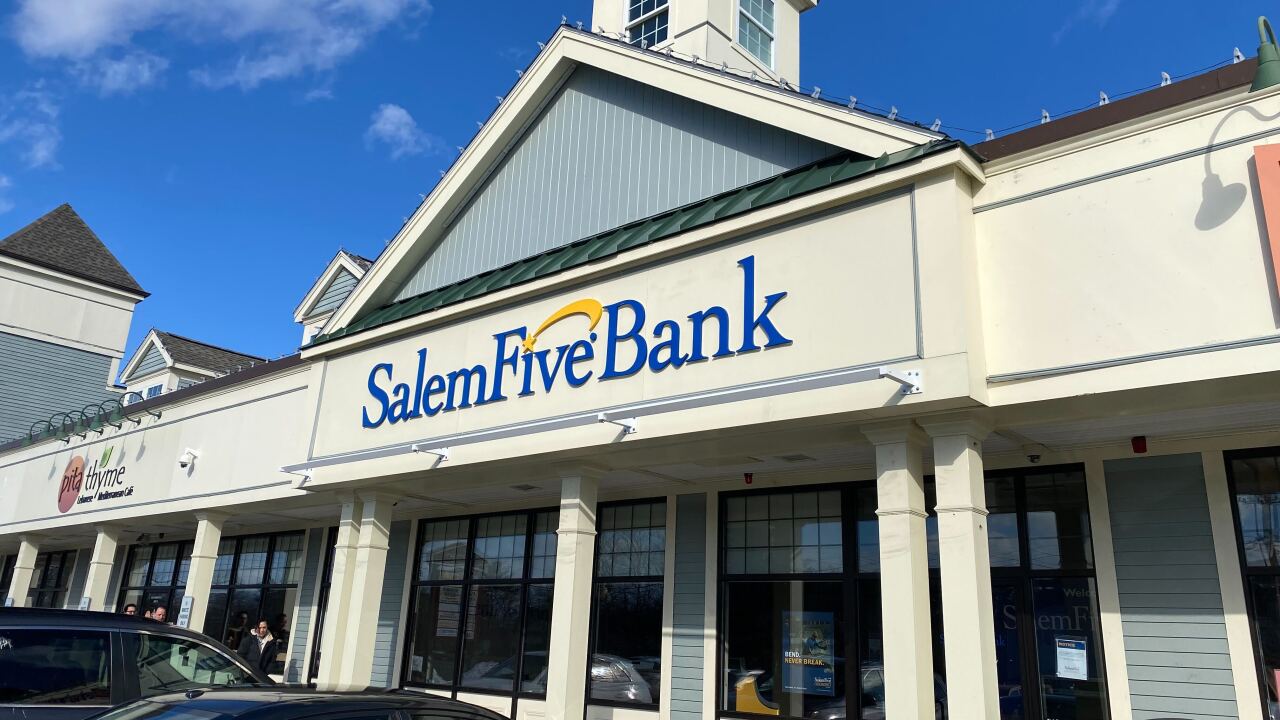-
Asset quality might be paramount, but there are other things sellers need to consider as they seek to attract buyers. The list includes avoiding long-term contracts, trimming expenses and retaining key employees.
April 26 -
Most billion-dollar community banks have skirted the surge of traditional mergers and acquisitions that has engulfed their smaller peers — until now.
December 14
A fellow bank investor and I were recently discussing a difficult situation in which he had found himself.
This gentleman is a director at a small publicly traded bank with fairly modest financial performance. Despite the bank's limited earnings (and limited future prospects) there are acquirers willing to purchase the bank at a significant premium (50% or more) to the company's current trading price.
One of the obstacles to an acquisition, however, is that the offers never actually make it to the board.
Specifically, the typical chain of events begins with a potential acquirer contacting the target bank's chief executive and making merger overtures, and ends with a meeting in which the CEO explains that its board "is not interested in a sale of the bank at this time."
From a procedural standpoint, this is an unambiguous lapse in governance, and yet it is an extremely common occurrence.
Virtually all banks have certain common board-level committees, including the loan, audit, and compensation committees, among others. Likewise, most publicly traded banks have a nominating committee, whose purpose is to evaluate potential directors, as well as a governance committee to address corporate governance issues.
What is generally lacking at such publicly traded banks, however, is a formal merger and acquisition committee.
While many closely held, and otherwise private, banks do not have boards that face a great deal of shareholder scrutiny, publicly traded banks are a different story. And one of the areas in which bank managers – in contrast with directors – tend to hold undue influence is in the M&A arena. Specifically, a principal/agent conflict naturally arises because acquisition offers tend to come first through the target's CEO (as in the preceding example) – typically an agent of the bank who is not a meaningful principal and, more importantly, stands to lose a job (and compensation) in any sale – as opposed to an independent director.
Acquirers tend to approach a target's CEO first – as opposed to another member of the target's board – because they are concerned that "going around" the CEO, directly to the board, will engender resentment or ill will with that CEO, thus diminishing the odds of consummating a successful transaction. A superior governance model would guide potential acquirers to first discuss offers with a target's independent M&A committee.
My suggestion is as follows: Publicly traded banks should establish formal M&A committees with at least three members, consisting of a committee chairman who is independent (that is, not a member of management), a second independent director, and the director who is also the senior-most member of management (typically the CEO). The M&A committee's charter should include language dictating that, among other things, all substantive M&A discussions begin with the chairman of the M&A committee (or the committee as a whole), as opposed to a member of management.
Establishment of such a committee would accomplish at least three meaningful governance objectives. First, CEOs would not be able to keep acquisition overtures from reaching the board. Second, potential acquirers would no longer have to fear tainting a potential acquisition by going directly to the board with any offers, because it would be understood that all offers must start with the committee (or its chairman). Finally, the board – as opposed to management – would sit in the driver's seat with respect to all M&A activities and discussions, reducing potential principal-agent conflicts.
David B. Moore is managing principal of Marathon Capital Holdings, Inc., a merchant banking and advisory firm specializing in the community bank sector.




